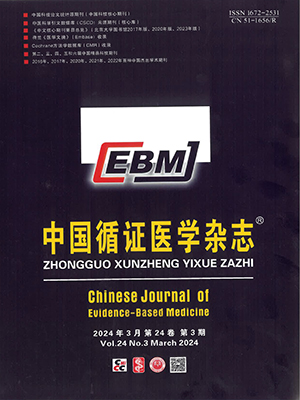Objective To investigate the value of back propagation (BP) neural network for recognizing gastric cancer cell.
Methods A total of 510 cells was selected from 308 patients. There were 210 gastric adenocarcinoma cells and 300 non-cancer gastric cells. Ten morphological parameters were measured for each cell. These data were randomly divided into two groups: training dataset (A) and test dataset (B). A three-layer BP neural network was built and trained by using dataset A. The network was then tested with dataset A and B.
Results For data A, the sensitivity of network was 99%, specificity 99%, positive predictive value 98%, negative predictive value 99%, and accuracy 99%. For data B, the sensitivity of network was 99%, specificity 97%, positive predictive value 96%, negative predictive value 99%, the accuracy 98%. With receiver operator characteristic (ROC) curve evaluation, the area under ROC curve was 0.99.
Conclusion The model based on BP neural network is very effective. A BP neural network can be used for effectively recognizing gastric cancer cell.
Citation: CHEN Xianlai,XIAO Xiaodan,YANG Rong,LIU Jianping. Research on Recognizing Gastric Cancer Cell Based on Back Propagation Neural Network. Chinese Journal of Evidence-Based Medicine, 2007, 07(9): 637-640. doi: Copy




